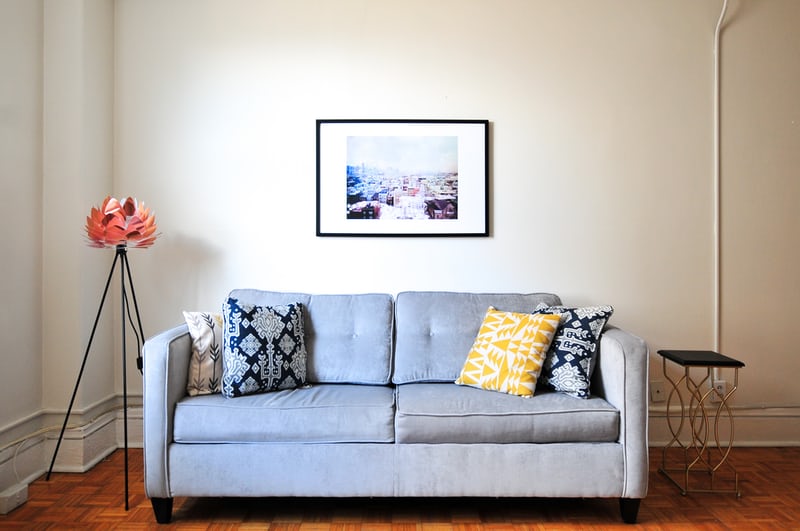The surge of online dance content during physical distancing measures is making amateur filmmakers out of many of us. Dance artists, teachers and studios are posting online classes and performances, filmed from home. But the process can be daunting for those with little to no camera experience.
Leif Norman is an arts and culture photographer based in Winnipeg and the founder of the FLASH photographic festival. He photographs for cultural institutions including the Winnipeg Art Gallery, Canada’s Royal Winnipeg Ballet and the Canadian Museum for Human Rights. We asked Norman to share some tips for capturing quality video footage at home, with limited gear:
- Put the camera with its back to a window. The dancer should face the light. Side light is nice too. The brightness of daylight through a window is tough to beat.
- Shoot landscape, not vertical. This one is controversial as the youths these days like to shoot videos vertically even though the entire history of movies and videos has been shot in landscape.
- Get the source of the music as close to the camera/phone as possible to avoid that tinny, roomy noise. The microphones in phones are not that great, and you will want your music to sound good, right? Turn it up loud, but not too loud.
- Know the edges of your frame. You will want to fill the frame with your movement as much as possible without cutting off too many arms and legs. Do a quick test video and then maybe make some spike marks on the floor so you know what area to stay in.
- Prop the phone up against a coffee mug or something. This one is tough as they do make little grippy holders for phones that can go on tabletop tripods, but in a pinch use a stack of books and hope it doesn’t fall over with all the jumping around. And don’t be afraid to move the camera closer or farther away from the dance floor if the cropping is not great. Also, shooting from tabletop height looks pretty good, but try shooting from the floor. This will make the legs look bigger. Or shoot from higher up if you have a tall bookshelf. Looking down a bit could be flattering too; it depends on the choreography.
- The front-facing cameras of phones are usually lower quality than the ones on the back, so use the highest quality camera you can. Sadly, using the front-facing camera will not allow you to see yourself on the screen during the video and will make framing the shot tougher. But you shouldn’t be staring at yourself in the monitor while dancing anyway — very amateur.
If you have an online dance class that you would like us to feature in our ongoing list, send us an email with class details. For performances and workshops, submit a free listing to our listings page >> thedancecurrent.com/listing-submission.
Tagged: All, On the Ground, All




